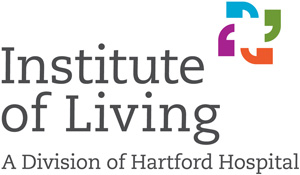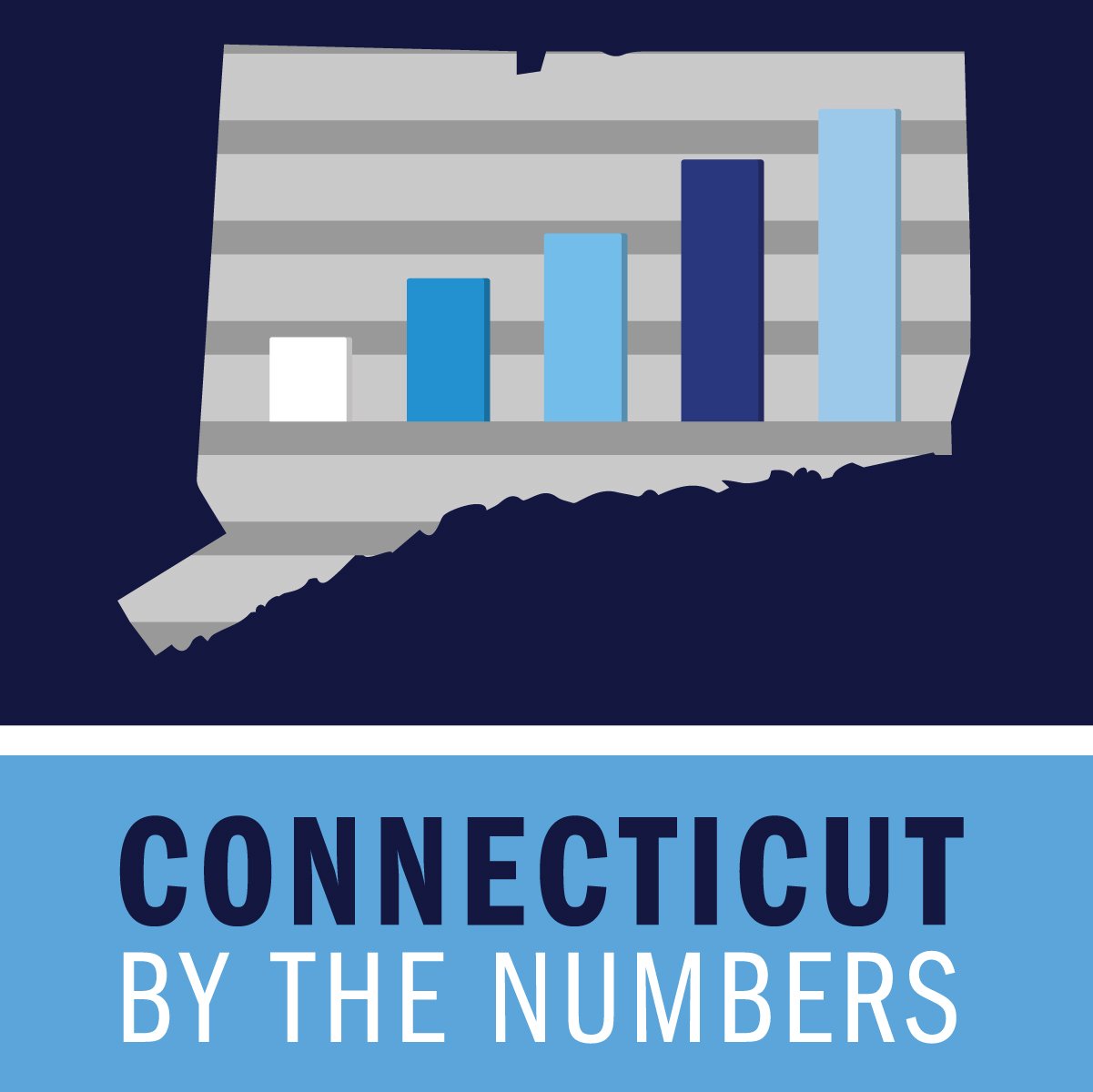Three news stories from 1995, 2004 and 2010 on Connecticut's assault weapon ban:
Reported by The New York Times on July 25, 1995:
The Connecticut Supreme Court today upheld a state law banning assault weapons, declaring that the State Constitution's guarantee of the right to bear arms "does not guarantee the right to possess any weapon of the individual's choosing."
The decision, upholding a 1993 law that banned 67 semiautomatic assault weapons by brand name, makes Connecticut the first state with the right of self-defense specified in its Constitution to have an assault-weapons ban pass legal challenge, said Attorney General Richard Blumenthal, who represented the state in the case.
The decision does not set a binding precedent for any other state. But, Mr. Blumenthal said, "It takes a giant step toward upholding assault-weapons bans because it holds in very clear, unequivocal terms that states have a right and a responsibility to protect the public safety with these kinds of narrowly drawn, very specific bans on the most dangerous kinds of weapons."
The decision also comes as a Federal law banning certain types of assault weapons is under challenge both in Congress, where Republicans are threatening to repeal it, and in court, where the National Rifle Association is questioning Congress's right, under the United States Constitution's commerce clause, to impose the ban on states.
Reported by the Associated Press on September 14, 2004:
HARTFORD, Conn. (AP) - The end of the national ban on assault weapons will leave Connecticut as one of seven states where those guns will remain illegal. And gun rights advocates don't expect that to change soon.
"Nothing is going to change here in Connecticut and I don't perceive anybody going after the legislature in trying to get rid of the law this year," said Robert Crook, executive director of the Coalition of Connecticut Sportsmen. "Maybe next year, maybe the year after, we'll make an effort to get rid of it," Crook said.
Connecticut and Massachusetts are the only two New England states with an assault weapons ban on place.
The 1994 federal ban, signed by President Clinton, outlawed 19 types of military-style assault weapons. A clause directed that the ban expire unless Congress specifically reauthorized it, which it did not.
Connecticut passed its own law in 1993. It defined assault weapons and listed semiautomatic firearms that were illegal to sell, transport or possess in the state. It banned future sales of 63 types of military style weapons. The state law also banned someone from using a combination of parts to convert a firearm into an assault weapon.
Attorney General Richard Blumenthal said Connecticut lawmakers need to renew their resolve to support the state ban. "Our state must now commit to continued, even stronger enforcement of our assault weapons ban," Blumenthal said. "We can no longer count on our federal agencies to assist us."
U.S. Rep. Rosa DeLauro, D-Conn., was among those members of Congress who wanted the federal ban reauthorized. "Right now we have the Federal government recalling the Super Soaker toy gun at the same time we are within hours of letting assault weapons back on our streets," said DeLauro, during a news conference on Capitol Hill. "The mere notion that we would again legalize these guns is outrageous."
State Rep. Michael Lawlor, D-West Haven, co-chairman of the legislature's Judiciary Committee, who helped write the 1993 state legislation, criticized President Bush and Congress for not renewing the ban. He said they should be working to strengthen the law and make it permanent.
"These weapons serve no legitimate civilian or hunting purpose and Connecticut did the right thing by implementing its own law," Lawlor said.
But Crook said the Connecticut law has had little effect, and has been a burden for police. Crook said there have only been about a dozen prosecutions since 1993, resulting in two convictions. He credits the reduction of gang activity, not the state ban, with the reduction of assault weapon use on Connecticut's streets.
Some manufacturers of assault weapons have made cosmetic changes to their guns and were able to circumvent the ban, he said. Crook said the state ban has mostly been "an affront" to the intelligence of gun owners, some of whom like to collect assault weapons or use semiautomatic firearms for target shooting.
Published by the Connecticut Post, July 7, 2010
HARTFORD -- After studying last week's U.S. Supreme Court decision, state Attorney General Richard Blumenthal said Wednesday the rejection of a law banning handguns would not affect Connecticut's 1993 prohibition on assault weapons.
Two of the three candidates angling to succeed Blumenthal agreed. But Martha Dean, the Republican endorsed at the party's May convention, said Wednesday she hadn't yet researched the issue.
"Unlike Chicago and the District of Columbia, Connecticut has no outright ban on firearms commonly used in self-defense," Blumenthal said in a Wednesday phone interview, also referring to a 2008 Supreme Court ruling that threw out a similar ban in the nation's capital. "Also, Connecticut laws have been enacted having in mind already that individuals have the right to keep and bear arms in self-defense." A key to keeping the state's ban on assault weapons, which Blumenthal successfully defended in 1995 before the state Supreme Court, is Connecticut's underlying constitutional right to own guns.
He said the defense of the assault-gun ban would center on Connecticut's allowance of other weapons for home defense. "I think the argument would be that assault weapons aren't overwhelmingly chosen or used by Americans for the lawful purpose of self-defense," he said. "There is no absolute right to carry any weapon whatsoever."
Sen. Andrew J. McDonald, D-Stamford, co-chairman of the General Assembly's Judiciary Committee, said Wednesday that after reviewing last week's decision, he believes the nation's highest court didn't provide "any real guidance" as to what restrictions would be permissible.
But McDonald sees nothing in the ruling to undermine the state's ability to restrict some weapons, such as assault weapons, and keep guns out of the hands of felons, domestic abusers and the mentally incompetent.
He predicted that court challenges will target the assault-weapon ban. "It creates a level of uncertainty," McDonald predicted. "Our law and laws all over the country will be scrutinized anew to test the reach of the decision," he said. "I would hope and expect our ban would remain in place. It depends on whom we have defending us."
George Jepsen, the Democratic candidate for attorney general, who as co-chairman of the Judiciary Committee 19 years ago helped write the ban on weapons such as the MAC-10, TEC-9, Colt AR-15 and the Colt Sporter, said Connecticut has good gun rules.
"Connecticut has one of the lowest death rates from gun violence in the nation thanks in part to our sensible gun laws," he said. "Connecticut laws target people with a history of violence or mental instability and don't take guns from law-abiding citizens, especially homeowners, let alone sportsmen." He's confident that advocates will challenge state law, but he's "pretty confident" the laws will stand.
"Under Connecticut's Constitution, gun ownership is a right," Jepsen said. "The validity of our assault-weapons ban has already been litigated at that standard and upheld by the Connecticut Supreme Court in a unanimous vote. I think it's only common sense that weapons only designed to kill people shouldn't be used outside the military."





 apparently set to get underway in Connecticut.
Writing in the Autumn 2012 edition of
apparently set to get underway in Connecticut.
Writing in the Autumn 2012 edition of  ent illnesses may someday lead to new treatments,” Assaf suggested in the article published prior to the Newtown killings.
ent illnesses may someday lead to new treatments,” Assaf suggested in the article published prior to the Newtown killings.






























